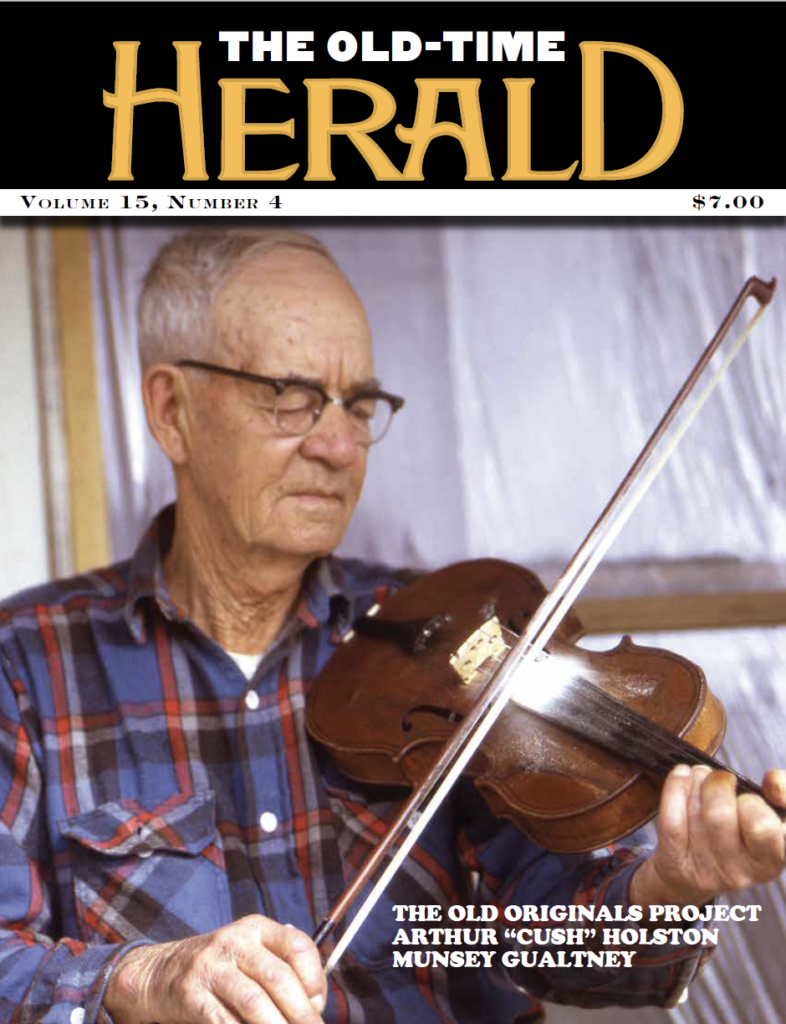The story behind these recordings, made in guitarist Ernie Dawkins’ Pittsburgh home between 1968 and 1970, is the story of a young guitar fanatic’s passion leading him to a wonderful friendship with his mentor, Gary Davis. That they’re only now seeing release, 51 years after they were recorded, and 49 years since Davis passed, might seem odd, until you look through the man’s vast back catalogue, including countless hours of posthumous live and studio recordings. But then these sessions were never meant for commercial release; instead, they are evidence of Davis’ willingness to share himself through his music.
Dawkins—already enamored with folk music in all its forms, and something of a budding guitarist, enthralled with Davis in particular—left Pittsburgh in 1965, the day after he graduated high school, and set out for New York City. It didn’t take long before he figured out Davis lived in Queens, found his number, and called him up about lessons. Before long, the smell of cigars and Annie Davis’ cooking gave Dawkins the feeling of a newfound home. A move back to Pittsburgh for college allowed him to bring Davis down for festivals—which led to Davis staying in town for an extra week here and there at the Dawkins home, which is how the music in this collection came to be.
And let’s be clear, these recordings—slow, loose, spontaneous—are not the place to begin if you’re trying to sift through Davis’ ever-growing back catalogue. (I suggest the compilation of his earliest recordings on Yazoo and two early 1960s Bluesville LPs, Harlem Street Singer and A Little More Faith.) His earlier work shows a solo guitarist like no other. Steeped in ragtime as much as gospel, he borrowed from tunes across spectrums, focusing on the sacred, but not afraid of the profane. His voice, a gruff extension of his guitar, warned and celebrated, as he jumped from screams to moans. He punctuated phrases with “Good God” and “Talk to me,” expressions that certainly got him attention as a New York City street busker in the 1950s. His guitar playing was otherworldly, uncopiable. He spun melodies on high strings while running bass licks down the low ones. All the while he picked in intricate patterns with only his thumb and index finger. It seemed impossible, and even on record, it was spellbinding. That a younger generation of white folk musicians from Dawkins to Jorma Kaukonen had their entire worlds altered by him makes complete sense upon one listen to his earlier work. He could wear out a banjo or a harmonica too.
Even to someone already familiar with his work, the tracks here add quite a bit to what we know of his varied repertoire. Besides the sacred songs for which he’s best known, we also treated to songs about the economic “corn” panic of 1873 (“Save Up Your Money, John D. Rockefeller Put the Panic On”), period pop (“Home, When the Shadows Fall”), a humorous tale of a party gone wrong (“Let’s Go Down to Betty’s”), and bawdy versions of tunes covered in a variety of styles (“Little Boy, Little Boy, Who Made Your Britches?”), among other nuggets. To be critical, his playing here lacks the energy of earlier recordings, and flubbed notes appear here and there. His pacing is slow and his voice, while still powerful, is not nearly as commanding as he is known for. Whether this is the sound of a man only two years away from death or the relaxed atmosphere of the home environment isn’t clear. What this set does allow for, for those interested, is a perfect place to study his licks, due to the pacing and the space he leaves between notes. It also demonstrates how Davis was a walking, talking repository of music history as well as a one-man orchestra. Stick with this set long enough and become immersed in the music, all the while recognizing you’re in the aural company of one of the most distinctive, brilliant guitarists that 20th-century America produced.


Leave a Reply